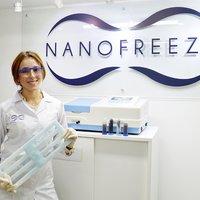Energy & sustainability
Zihang Liu
A novel strategy for thermoelectric interfacial materials and a critical gap in thermoelectric module development.

Latin America
Isabel Pulido
Toward More Sustainable Cooling

MENA
Okba Fergani
Kitsune Optimizer Algorithm (KOA) dynamically optimizes renewable energy systems for efficiency and cost-effectiveness.

Asia Pacific
Xin Ying KONG
Upcycling a wide range of plastics into fuels and valuable chemicals at ambient conditions.

Asia Pacific
Wan Ru LEOW
Refining these petrochemicals and minimizing the carbon footprint of the chemicals industry.
